It was during a late-night jam session when I first realized the potential locked within my electric guitar. Despite my fingers deftly exploring the fretboard, the sound wasn’t quite escaping the way I imagined—something was amiss. I later discovered that *a simple hardware upgrade could completely transform not only the sound but also the emotional connection to your instrument*. This revelation ignited my journey into the *nuances of electric guitar hardware* and how they can dramatically enhance performance.
I’m R.M. Mottola, and with my background in instrument acoustics, I’ve delved deep into the world of *guitar maintenance* and upgrades, seeking every detail that could propel a guitar to its true potential. Whether it’s discerning the subtle differences in tuners or understanding the profound impact of a new bridge, *navigating these choices is crucial*. In the sections that follow, we’ll explore the essentials to ensure your guitar sings with unparalleled clarity and richness.
What is Electric Guitar Hardware?
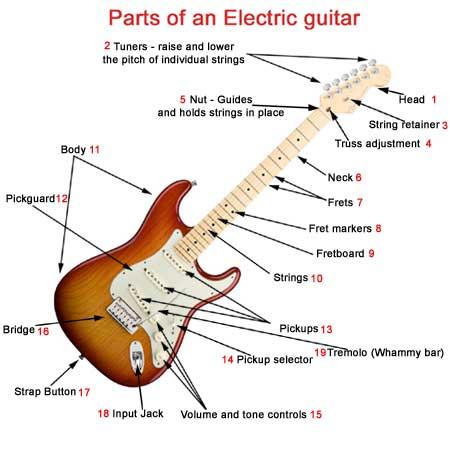
Drawing from years of experience and a deep understanding of electric instruments, I often compare the components of an electric guitar to the critical systems in engineered products. Much like in any sophisticated machine, each part has a vital role to play in the overall performance of the instrument. What if I told you that the hardware of your electric guitar is just as important as the woods used in its body? This statement might surprise some at first, but consider this: while the body wood affects the guitar’s tonal characteristic, the hardware is where setup, tuning stability, and playability truly come to life.
Electric guitar parts are the unsung heroes of musical instrument hardware. They include everything from the bridge and tuning machines to the pickups and the myriad of smaller components like nuts, saddles, and knobs. Each piece, no matter how small, contributes to the unique sound and feel of your guitar—details that are crucial for any player seeking optimal performance. As someone who has spent countless hours adjusting and fine-tuning these elements, I can assure you that upgrading guitar hardware can significantly impact the instrument’s playability and sound quality, transforming your playing experience altogether.
In this guide, we’ll delve into the essential electric guitar parts, exploring how each piece can enhance or constrain your instrument’s potential. Understanding this hardware isn’t just for tech wizards—it’s for anyone who plays and loves the electric guitar. Let’s uncover why these components warrant such attention and how they can elevate your musical journey.
Why Upgrade Your Guitar Hardware?
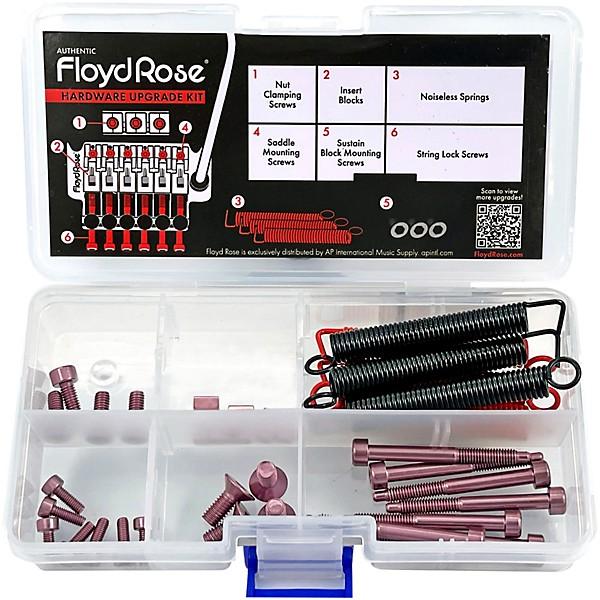
As someone deeply immersed in the world of electric guitars, I can attest that *upgrading your guitar hardware* can dramatically change your playing experience. *Could a simple hardware upgrade transform your playing experience and sound drastically?* Absolutely. This question is the gateway to a world where every modification you make can redefine your instrument and align it more closely with your personal style. I’ve witnessed firsthand how this thoughtful customization not only enhances the tonal quality but also optimizes the instrument for the unique way you play.
In my journey, I’ve learned that every guitarist carries a distinct fingerprint of sound—a signature that your guitar hardware should amplify, not obscure. By investing in the right components, you *unlock a realm of possibilities* that mass-produced models simply cannot offer. Whether it’s by swapping out the pickups for a richer tonal palette or installing a more robust set of tuners for improved stability, these changes can breathe new life into the music you create.
It’s not merely about *improving sound or performance*; it’s about connecting with your instrument on a deeper level. Mottola shares that by making these enhancements, you’re not just upgrading parts of the guitar; you’re elevating the entire expression of your craft. In my experience, there’s nothing quite like the satisfaction of hearing your guitar sing in a way that’s uniquely yours, crafted by choices that reflect both your needs and preferences. This is the true spirit of *electric guitar customization*—making your guitar not just an instrument, but an extension of yourself.
Who Should Consider Upgrading?
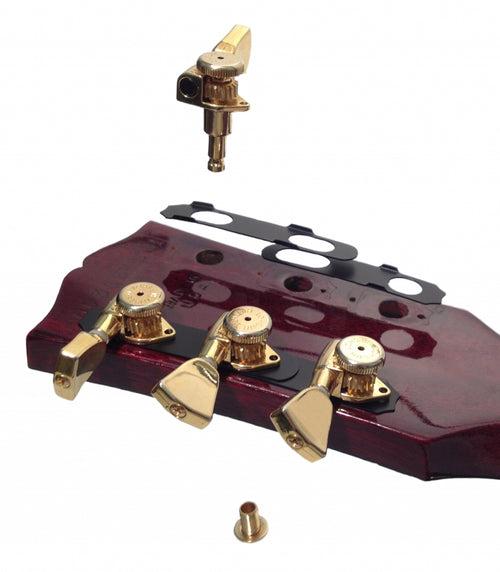
Are you an aspiring guitarist or a seasoned pro? Understanding who benefits from hardware upgrades may surprise you. Often, the assumption is that only the most experienced players should consider investing in their instruments. However, I’ve learned through years of experience that both amateur and professional players can benefit immensely from upgrading their guitar components. Whether you’re just beginning your journey or you’ve been strumming for decades, the right upgrades can significantly enhance your playability and tone.
New guitar components and repair parts can open up avenues for creative exploration by providing customized sound options. For beginners, upgrading can be a crucial step in their growth. An improved setup might inspire more practice by making the guitar more enjoyable to play. For professionals, even small tweaks can lead to a more personalized, rich tone that helps them stand out in a crowded field. Every musician’s style is unique, and your guitar should be a reflection of that individual artistry.
From personal experience, I’ve seen how a new set of tuners, or even a simple bridge change, can transform an instrument’s feel and function. These adjustments aren’t just technical; they are steps toward defining your musical identity. Knowing when and what to upgrade involves a blend of personal reflection and tactile exploration, a journey that every guitarist should embark upon to discover the full potential of their instrument.
When to Upgrade Your Hardware

Is your guitar telling you it’s time for an upgrade? Learn to listen to the signs before it’s too late. Recognizing when to upgrade your electric guitar hardware stems from a blend of intuition and technical observation—something I’ve honed through years of lutherie practice. Just as every skilled guitarist develops a finely tuned ear, the conscientious player must also develop an eye for detail when assessing the state of their instrument.
Over time, components like tuners, bridge plates, or pickups can show signs of wear, affecting performance and sound quality. If you’ve noticed that keeping your guitar in tune has become a more frequent battle or if there’s a noticeable decline in tone clarity, it might be time to scrutinize your hardware more closely. These might seem like minor issues at first, but left unattended, they can drastically alter your playing experience.
Being proactive with guitar maintenance can identify problem areas before they spiral out of control. In my experience, a sharp eye on physical wear and a sensitive ear to performance decline can be the most reliable indicators of when to consider an upgrade. Equally significant is understanding your style and aspirations—upgrading guitar accessories isn’t just about fixing problems; it’s also about enhancing the expressive potential of your instrument.
Ultimately, knowing when to update your hardware comes down to consciously connecting with your guitar and being attuned to its evolving needs. Equipped with this understanding, you’ll ensure your guitar continues to inspire and perform, allowing your music to resonate as authentically as your intent.
Where to Buy Electric Guitar Hardware
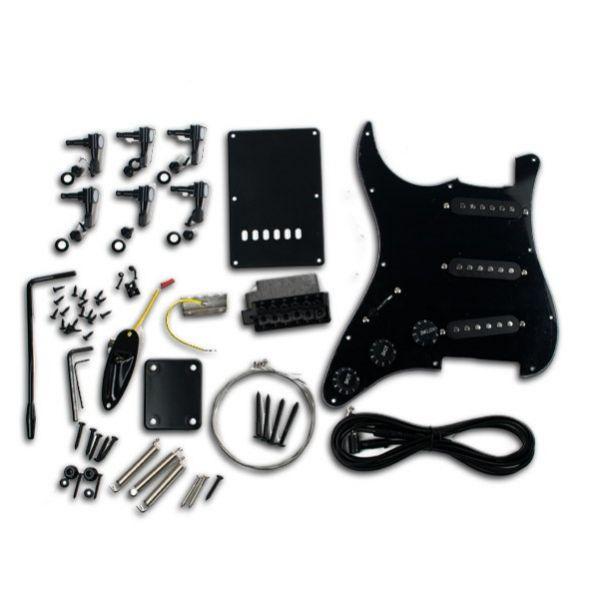
Where do professionals go to find the best guitar hardware? The right source can make all the difference. I’ve spent years exploring this question, discovering that the journey is as rewarding as the upgrades themselves. When looking for guitar hardware kits or premium guitar hardware, it’s crucial to know where to turn. Over time, I’ve honed a list of go-to places that never fail to deliver quality and reliability.
One of my absolute favorites is StewMac. Known for their high standards, they offer a range of products that cater to both beginners and seasoned players. From precision-tuned tuning machines to robust bridge components, their selection ticks all the boxes. The depth of expertise in their customer service team is truly impressive—they’re as enthusiastic about your project as you are.
For those who favor the tactile experience of browsing in-store, I recommend hunting for specialty music shops. Many carry boutique hardware brands and provide a space to *feel* the components’ quality firsthand. I’ve found gems in local shops tucked away in vibrant music districts, often uncovering brands that aren’t widely advertised.
Online forums and Facebook groups are fantastic for connecting with fellow enthusiasts who can point you toward niche suppliers. These communities, filled with people who share your passion, can guide you to undiscovered sources for that elusive part.
Ultimately, where you buy your hardware significantly affects your guitar’s transformation. By choosing reputable vendors, you not only ensure quality but also invest in the journey itself—enriching your playing experience with every upgrade.
How to Upgrade Your Electric Guitar Hardware
Choosing the Right Components
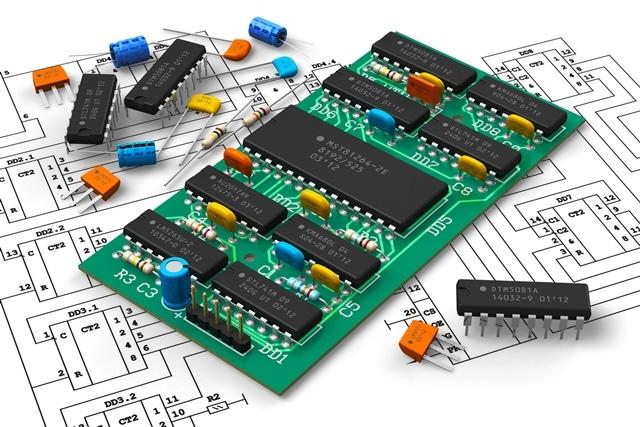
Are you choosing guitar hardware that amplifies your creativity or one that holds you back? This critical decision can define your electric guitar’s pathway to perfection. In upgrading, my comprehensive design research has revealed that the right components have a profound impact on your instrument’s tone and playability.
When considering the best hardware for electric guitars, I often ponder on how each piece contributes to or detracts from my desired sound. It’s crucial to examine aspects like tuners, bridges, and pickups, as they all work in harmony to achieve your unique musical goals. Optimal choices can enhance sustain and intonation, while poor selections may stifle them.
While navigating these complexities, my firsthand experiences guide me in choosing components that truly resonate with me. Leveraging my expertise, I aim to provide insights into each hardware element, ensuring they are not just afterthoughts but integral parts of an enhanced musical journey. With each thoughtful choice, my guitar edges closer to becoming an embodiment of my musical aspirations.
Installing New Hardware

What tools and techniques can help you master the art of hardware installation and make it a smooth process? Whether you’re updating a worn-out bridge or swapping out tuners for improved tuning stability, *installing new hardware* is a transformative step in elevating your guitar’s performance. Drawing from my years of hands-on experience, I’ll guide you through the meticulous process, ensuring that you not only achieve the desired results but also avoid common pitfalls.
To start, ensure you have the right *guitar repair parts* and quality tools like screwdrivers, a soldering iron for pickups, and a neck cradle for stability. The nuances involved in this step, such as aligning the hardware correctly and managing delicate wiring, can be daunting. Yet with each successful installation, your confidence grows as your guitar evolves in both tone and playability. By carefully following this process, you ensure your *guitar hardware upgrades* are not just effective but also enduring, seamlessly transitioning into the next phase: maintaining your newly upgraded hardware.
Maintaining Your Upgraded Hardware
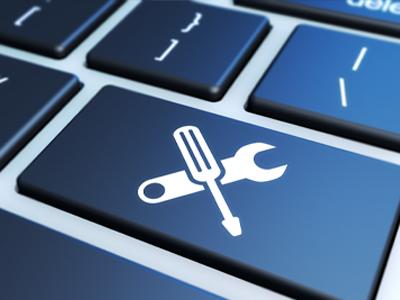
With years of lutherie work under my belt, I’ve come to appreciate that the maintenance of guitar hardware is not just an afterthought but a *crucial part* of ensuring longevity and performance. You’ve put time and effort into upgrading your guitar, but how can proper maintenance ensure that the sound quality of your upgraded guitar stays vibrant over time? The key lies in a regular routine of care and attention.
By consistently cleaning and inspecting your upgraded components, you’re actively safeguarding them against wear and tear. *Premium guitar hardware*, from bridges to tuning machines, demands targeted upkeep to function optimally. Over time, neglect can lead to corrosion or misalignment, dulling that brilliant sound you worked so hard to achieve.
Ultimately, by dedicating just a bit of your practice time to guitar maintenance, you secure the integrity and performance of your hardware upgrades, making your investment in sound truly rewarding.
FAQs
What are the most common electric guitar hardware upgrades?
Why consider upgrading your electric guitar hardware?
How do new pickups affect an electric guitar’s sound?
What should you consider when upgrading tuners?
Can upgrading the bridge improve a guitar’s performance?
What is the impact of replacing potentiometers and capacitors?
Conclusion
Are upgrades worth the investment? Here’s why your next guitar enhancement could be a game changer. Upgrading your electric guitar hardware can profoundly elevate your playing experience, bringing newfound joy and expression to your music. Whether you’re chasing that perfect tone or enhancing playability, thoughtful guitar hardware upgrades offer exceptional benefits that often surpass expectations.
The journey through understanding different hardware components—from bridges and tuners to pickups and knobs—empowered me with the knowledge to make informed decisions. I learned that strategic upgrades can transform a standard instrument into something truly remarkable. R.M. Mottola underscores that these alterations don’t just change how a guitar looks or feels but, more importantly, improve sound quality, inspiring players to explore new musical horizons.
So, if you’re contemplating your next upgrade, remember that each component has the potential to redefine your relationship with your instrument. Embark on this rewarding path with confidence, knowing that well-chosen improvements can indeed be a *game changer*.
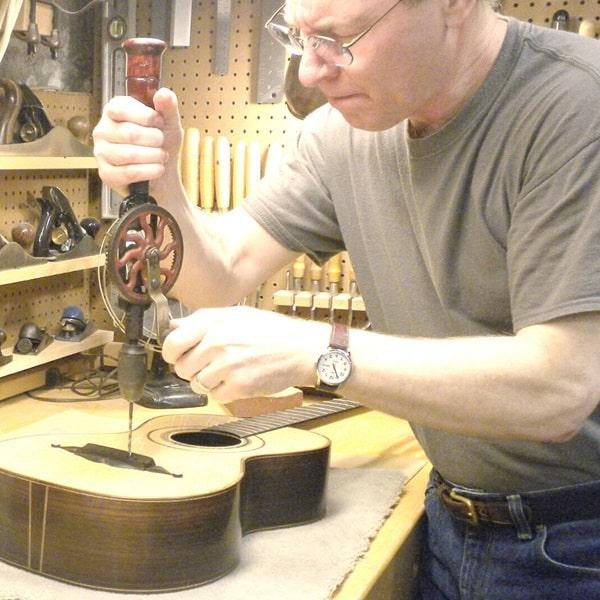
R.M. Mottola, an engineer-turned-luthier, revolutionizes stringed instrument design with his deep focus on acoustics and ergonomics since 1994. As editor of the Savart Journal and a key contributor to American Lutherie, Mottola merges science with artistry in lutherie. He enriches the field with his extensive knowledge, shared through his Liutaio Mottola website, making him a beacon in the world of modern instrument craftsmanship.
